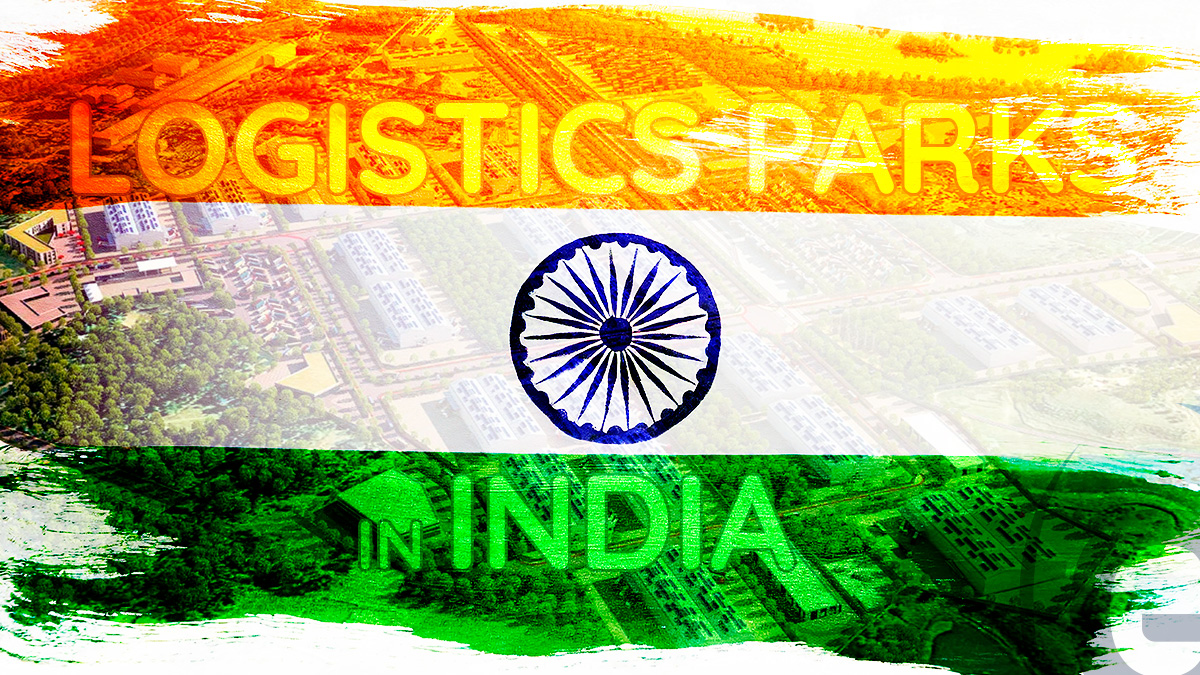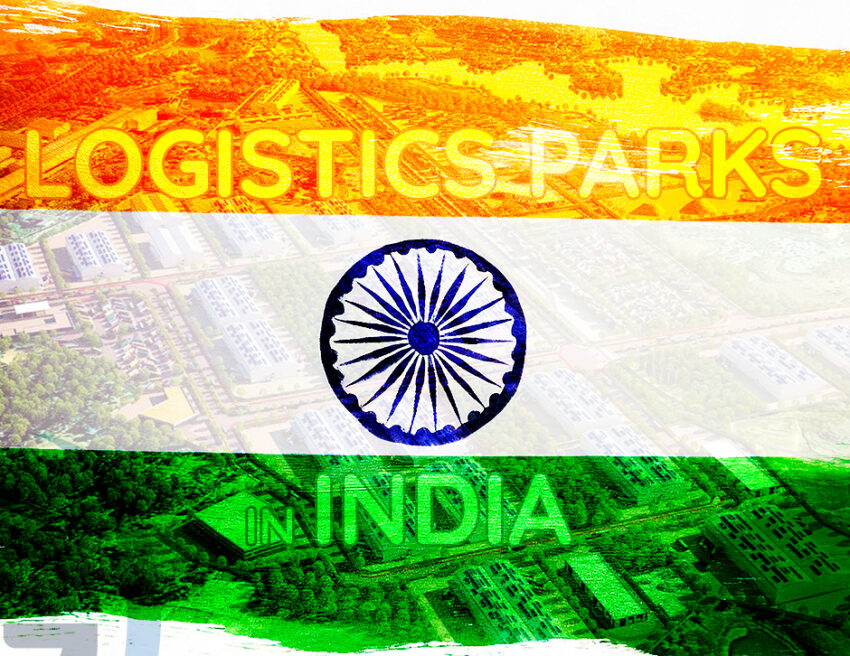Over recent decades, the Indian Government has embarked on numerous initiatives aimed at strengthening the nation’s freight and logistics market and fostering increased profitability for both multinational corporations and independent freight forwarders. Estimates indicate that around 14 percent of India’s GDP is allocated to the supply chain and logistics sector, a figure nearly twice the average logistics cost observed in advanced economies such as the US, Japan, South Korea, and Singapore.
Despite these efforts, India’s logistics expenses remain notably higher compared to other BRICS nations, adversely affecting the global competitiveness of Indian products. According to the latest Logistics Performance Index by the World Bank, India is ranked 44th out of 163 countries. Specifically, timeliness and infrastructure have emerged as key factors contributing to the elevated logistics costs, thereby diminishing the country’s market competitiveness.

The government’s dedication to the establishment of Multi-Modal Logistics Parks (MMLPs) demonstrates promising potential in mitigating logistics costs and reducing transportation delays. Through this initiative, India seeks to transition its logistics operations from point-to-point movement to a more efficient and interconnected hub-and-spoke model, thereby enhancing the competitiveness of its products in the global marketplace.
A bit about Multimodal Logistics Parks
The Multi-Modal Logistics Parks (MMLPs) program is a government initiative aimed at establishing logistics parks in key supply chain hubs throughout the nation. Spearheaded by the National Highways Authority of India (NHAI) and National Highways Logistics Management Limited, this project represents an evolution from conventional logistics parks, offering an expanded range of value-added services alongside facilitating rail and road transportation. Despite the global recognition of supply chain management strategies under various monikers, India has hitherto lacked a comprehensive approach to creating logistics parks.
The principal goals of MMLPs include the efficient consolidation and distribution of freight, ensuring seamless intermodal freight transportation. Users of these parks will also benefit from a diverse array of value-added services, encompassing custom clearances, IT support, and storage and warehousing solutions.
How the MMLPs in India will help to boost the freight and logistics market
The Multi-Modal Logistic Parks (MMLPs) are strategically designed to integrate diverse modes of freight transportation, such as highways, railroads, and inland waterways, following a “Hub and Spoke” paradigm. This network will interconnect different locations through intermediary hubs, with the primary objective of significantly enhancing the operations of independent freight forwarders.
The anticipated impact of MMLPs on the freight forwarding sector is overwhelmingly positive, offering several advantages. These encompass alleviating traffic congestion, reducing warehousing costs and pollution, improving tracking and traceability of transit shipments, and lowering overall expenses. However, realizing these benefits necessitates interventions in infrastructure, procedural enhancements, and advancements in information technology.
Moreover, MMLPs offer an extensive array of auxiliary services, including storage, diverse warehousing options, value-added services like custom clearances, and robust IT support. These parks serve as comprehensive solutions for all cargo-related services, encompassing warehousing, customs clearance, truck parking, and more.
The Multi-Modal Logistic Park initiative is geared towards constructing state-of-the-art, large-scale warehouse facilities capable of accommodating various types of commodities. These parks will be outfitted with all requisite amenities, such as warehouses, rail sidings, cold storage units, customs clearing houses, yard space, workshops, gas stations, offices, lodging facilities, eateries, and even water treatment facilities. Overall, the MMLPs aspire to revolutionize freight logistics and bolster the efficiency of cargo movement across the country.
The impact of MMLPs on the warehousing sector
Multi-Modal Logistic Parks (MMLPs) possess the potential to overhaul warehousing practices in India, effectively addressing prevailing challenges and offering substantial support to independent freight forwarders. The central objective of MMLPs is to streamline the fragmented warehousing landscape in the country, leveraging economies of scale and attracting private investments. Through measures such as zoning facilitation and relaxation of floor space index requirements, these parks can significantly augment warehousing capacity, making use of multi-level storage facilities to their fullest extent. This consolidation of warehousing infrastructure is poised to enhance efficiency and optimize resource utilization, thereby benefiting the entire logistics ecosystem, including independent freight forwarders.
Additional value added services
In addition to optimizing inventory planning and streamlining supply chains through cross-docking and consolidation services, Multi-Modal Logistics Parks (MMLPs) offer the co-location of value-added services tailored for independent freight forwarders. By integrating warehousing, freight aggregation, customs clearance, sorting, weighing, packaging, and transportation within a single location, MMLPs can substantially reduce secondary freight movement costs.
Furthermore, MMLPs can be customized to include specialized storage facilities such as cold storage and hazardous chemical storage, catering to specific industry requirements. These parks also enable standardization and uniformity in warehousing services, a significant challenge in the current fragmented and unorganized warehousing ecosystem. Overall, MMLPs have the potential to revolutionize the warehousing landscape in India, enhancing the efficiency, cost-effectiveness, and commercial viability of logistics operations while fostering collaboration among various industry stakeholders.


